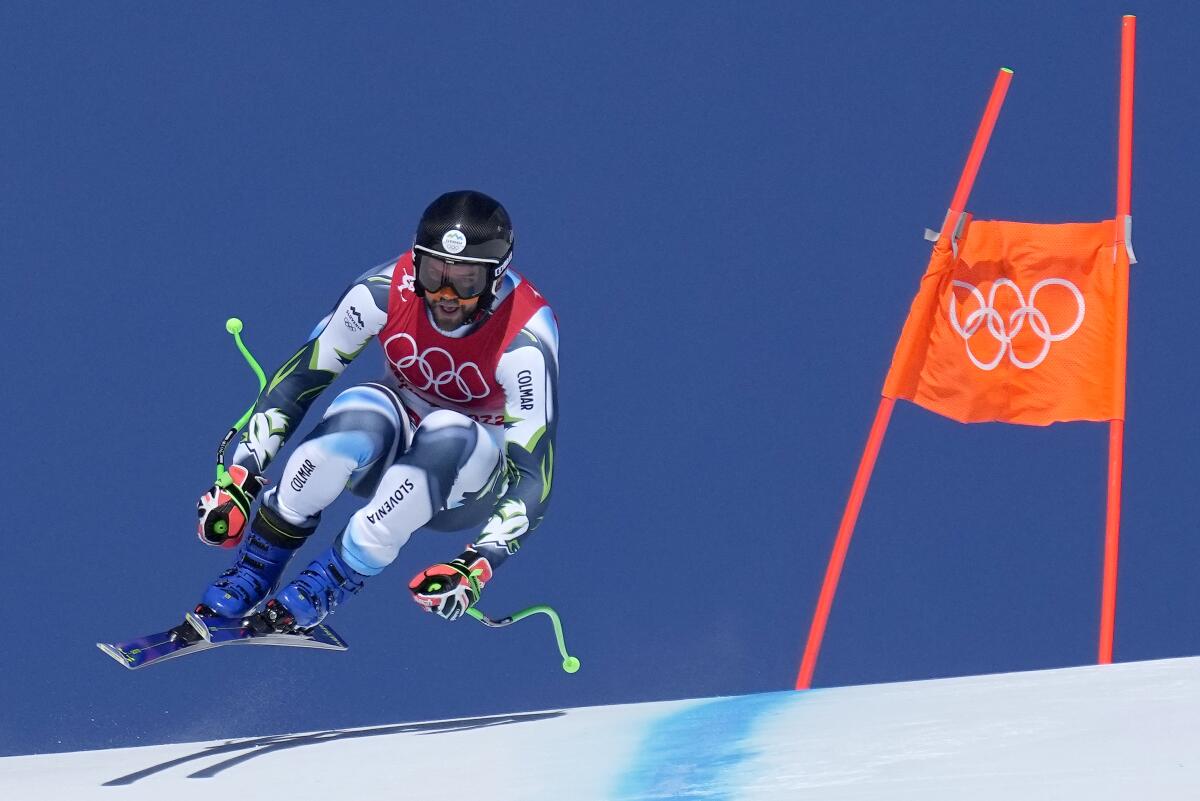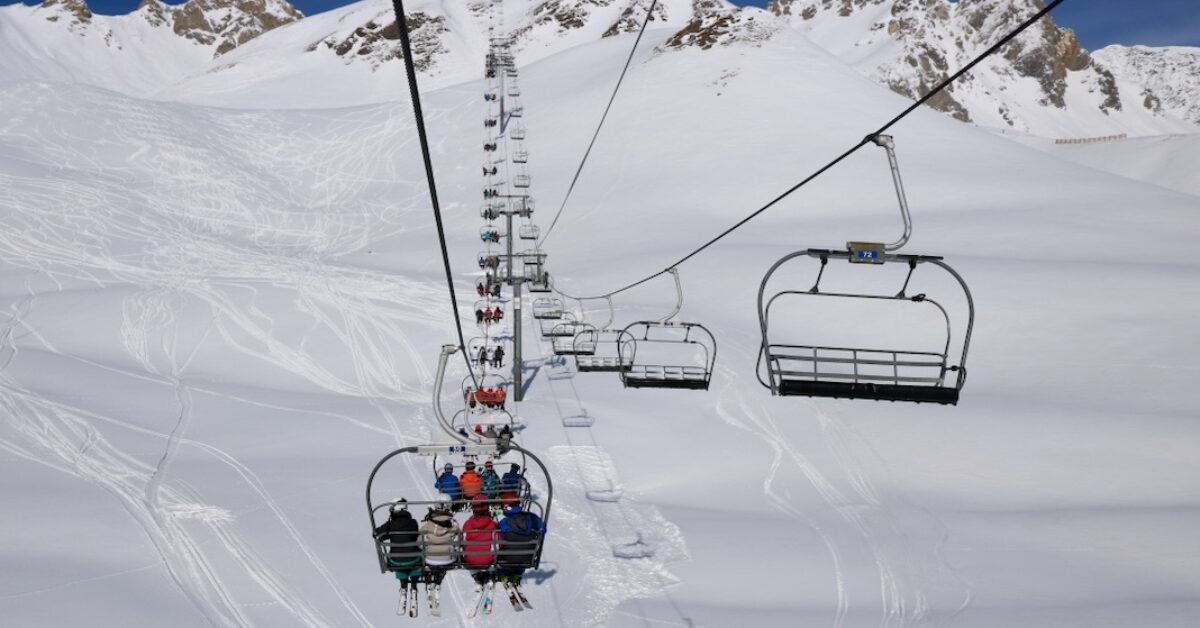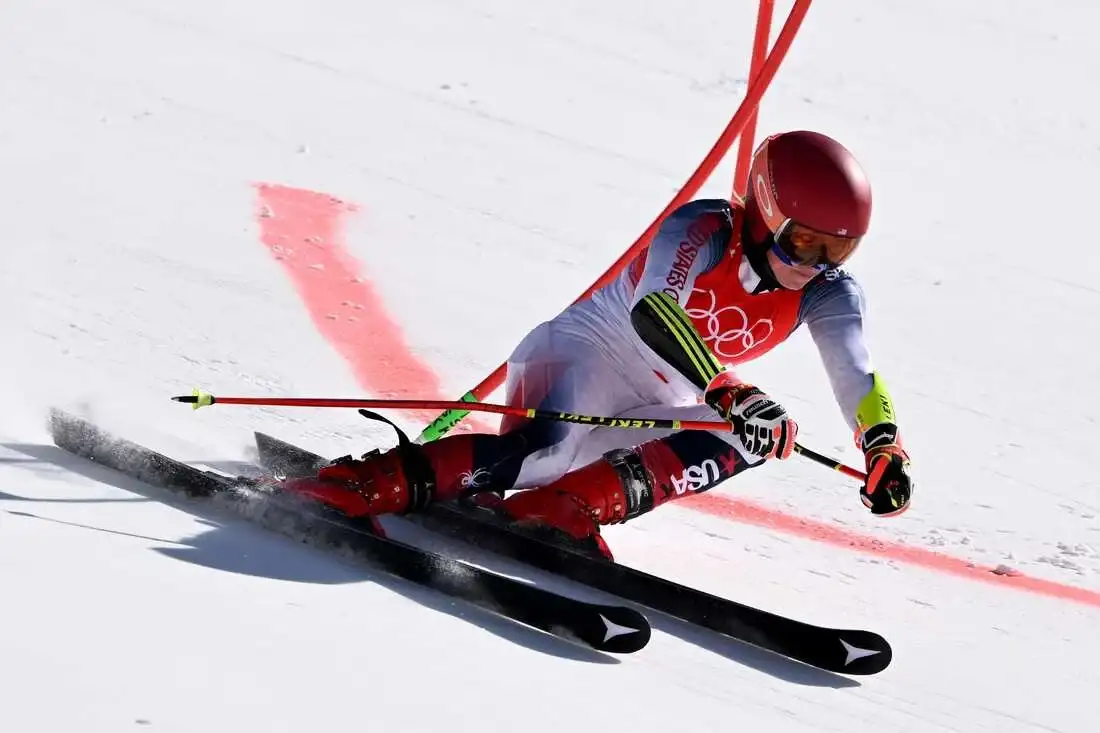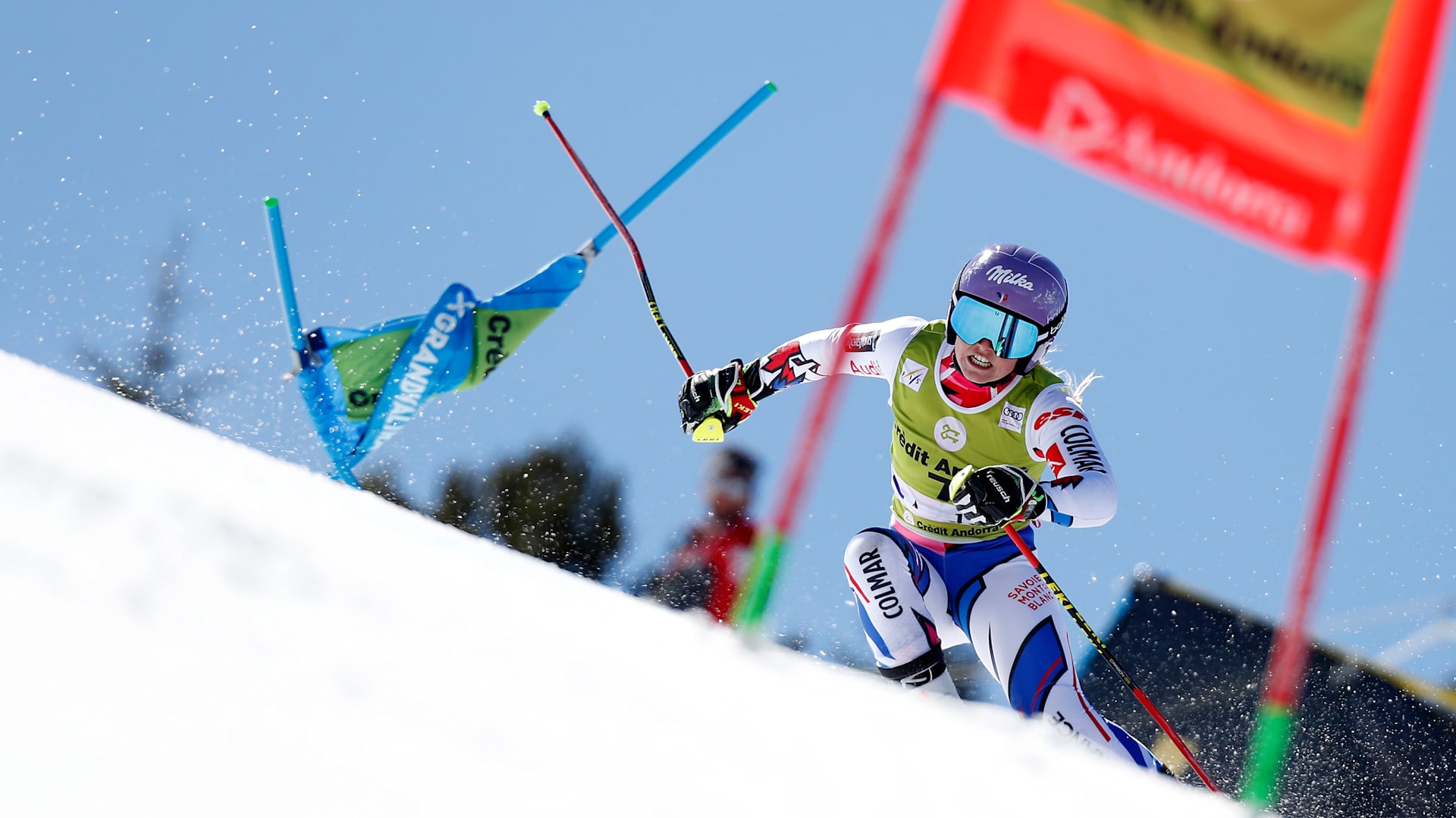As the world turns its eyes to Paris 2024, the excitement builds for one of the most exhilarating sports on the Olympic program: Alpine skiing. Known for its breathtaking speeds, technical challenges, and dramatic descents, Alpine skiing combines the thrill of competition with the beauty of the snow-capped mountains. This year, the Alpine skiing events promise to deliver spectacular performances, fierce rivalries, and unforgettable moments on the slopes.
The Essence of Alpine Skiing
Alpine skiing involves racing down snow-covered mountains on specialized skis, navigating a series of gates that test the athletes’ speed, agility, and technical prowess. The sport features various disciplines, including:

- Downhill: The fastest and most straightforward event, where athletes tackle steep descents and sharp turns, reaching exhilarating speeds that can exceed 80 mph.
- Super-G: A blend of downhill and slalom, this event combines speed with technical precision, requiring skiers to navigate larger distances and varying terrain.
- Giant Slalom: In this discipline, athletes weave through a series of widely spaced gates, showcasing their turning skills and speed control.
- Slalom: The most technical of the events, slalom requires quick turns around closely spaced gates, testing the skier's agility and precision.

Each discipline presents unique challenges, and athletes must possess a diverse skill set to excel in all categories. The race courses are meticulously designed to challenge competitors while ensuring safety, incorporating a mix of steep drops, turns, and jumps.
The History of Alpine Skiing
Alpine skiing has a rich history, tracing back to the late 19th century when skiers began to explore the mountainous terrains of Europe. The sport gained formal recognition with the establishment of the first ski clubs and competitions in the early 20th century. It made its Olympic debut at the 1936 Winter Games in Garmisch-Partenkirchen, Germany, where it quickly captured the hearts of fans and participants alike.

Since then, Alpine skiing has evolved significantly, with advancements in equipment, training methods, and course design. The sport's governance was further strengthened and international competitions were organized when the International Ski Federation (FIS) was established in 1924. Today, Alpine skiing is a staple of the Winter Olympic Games and continues to attract athletes from around the world.
Training and Preparation
To compete at the highest level, Alpine skiers undergo rigorous training regimens that blend physical conditioning, technical skill development, and mental preparation. Athletes spend countless hours on the slopes, honing their techniques and perfecting their runs.

Physical conditioning is crucial for Alpine skiers, as the sport demands a combination of strength, endurance, and flexibility. Training often includes weightlifting, cardiovascular workouts, and agility drills to build the necessary strength and stamina. Core stability is also emphasized, as it helps athletes maintain balance and control at high speeds.
Technical skills are developed through repetitive practice on varied terrain, including training courses that mimic competition conditions. Athletes learn to adapt to different snow conditions, gate placements, and course layouts, allowing them to navigate the challenges they will face during the Olympics.

Mental preparation is equally important. Alpine skiers must cultivate focus, confidence, and resilience to perform under pressure. Visualization techniques and mindfulness practices are often employed to enhance mental clarity and boost performance during competition.
The Thrill of Competition
The competition at the Paris 2024 Olympics promises to be fierce, with elite athletes from around the globe competing for Olympic glory. The atmosphere surrounding Alpine skiing events is electric, with fans cheering for their favorite skiers as they navigate the challenging courses.
)
Each race is filled with adrenaline, as athletes push their limits, racing against the clock and each other. The excitement builds as competitors descend the slopes, showcasing their incredible speed, technical skills, and determination. The thrill of watching athletes reach incredible speeds, make precise turns, and tackle challenging terrain creates an unforgettable experience for spectators.
The Role of Technology
Advancements in technology have significantly impacted Alpine skiing, enhancing both performance and safety. Modern skis and boots are designed with precision engineering, allowing for better control, speed, and responsiveness. Lightweight materials and cutting-edge designs help athletes achieve optimal performance while minimizing fatigue.
Additionally, technology plays a vital role in training and competition analysis. Coaches use video analysis and data tracking to assess athletes’ performance, identify areas for improvement, and develop personalized training plans. Athletes also benefit from advanced weather monitoring systems that help them prepare for varying snow conditions on race day.
Safety is a top priority in Alpine skiing, and modern protective gear, such as helmets and padded suits, has been developed to reduce the risk of injury. The course design has also evolved to enhance safety, with improved gate placements and protective barriers to minimize the impact of falls.
The Paris 2024 Experience

The Paris 2024 Olympics will feature breathtaking Alpine skiing events set against the stunning backdrop of the French Alps. Athletes will compete in picturesque locations that highlight the beauty of the mountains while providing a thrilling arena for competition.
Fans attending the events can expect an unforgettable experience, with the chance to witness world-class athletes showcasing their skills and passion for the sport. The Olympic spirit will be alive as nations come together to celebrate the achievements of their athletes and the essence of competition.
The Future of Alpine Skiing
As the sport continues to grow, Alpine skiing is attracting new talent and inspiring future generations. Efforts to promote inclusivity and accessibility in skiing are expanding, with initiatives aimed at encouraging participation among diverse communities.
Moreover, environmental sustainability is becoming an increasingly important focus in the Alpine skiing community. Ski resorts and organizers are implementing eco-friendly practices, such as using renewable energy, reducing waste, and promoting conservation efforts to protect the natural beauty of mountain environments.

Conclusion
Alpine skiing at the Paris 2024 Olympics promises to be a thrilling showcase of speed, skill, and competition. Athletes will push the boundaries of their abilities as they navigate challenging courses, striving for the ultimate prize: Olympic gold. With its rich history, dynamic techniques, and commitment to excellence, Alpine skiing stands out as one of the most captivating sports on the Olympic program.
As fans gather to watch the races, they will be treated to a breathtaking display of athleticism and determination, capturing the spirit of the Olympic Games. Whether it's the thrill of a tight finish or the beauty of a flawless run, Alpine skiing at Paris 2024 will undoubtedly leave a lasting impression, inspiring future generations to embrace the slopes and pursue their passion for this exhilarating sport.









